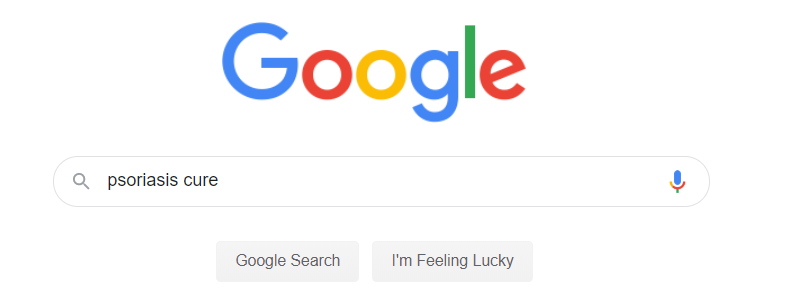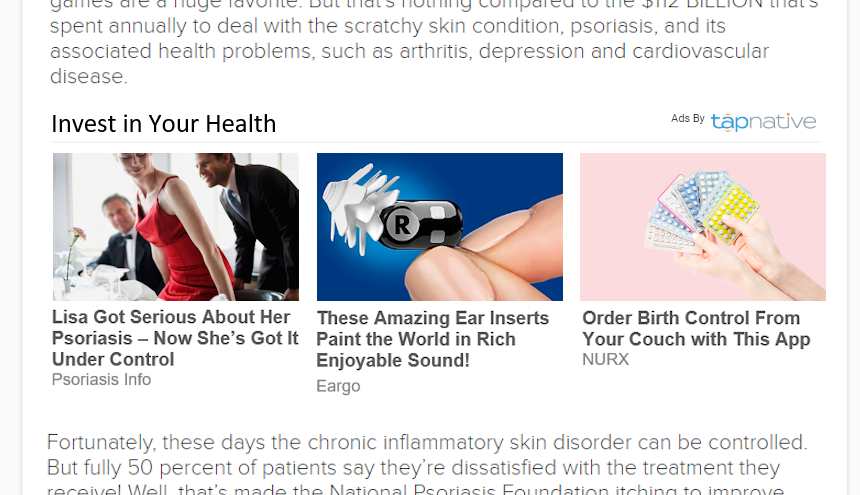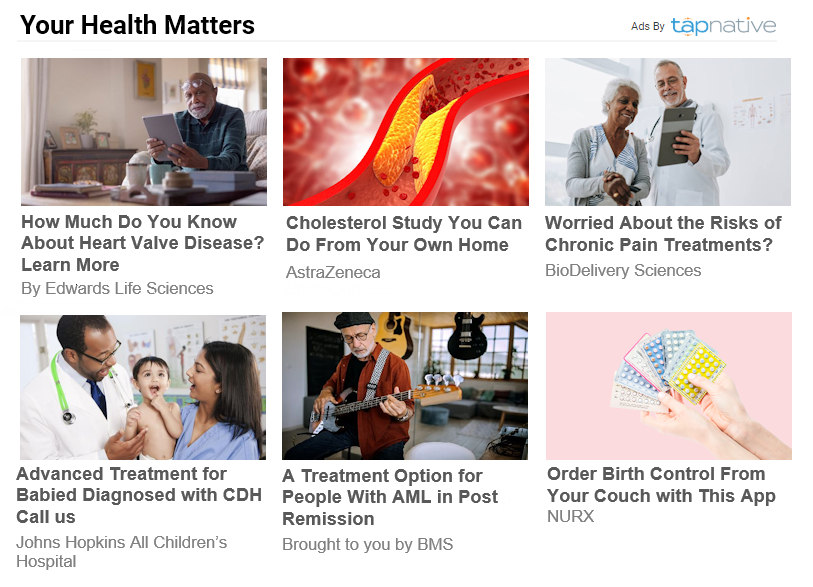A unique way for health marketers to reach search engine users without paying search engine prices
Buying search is smart because you’re reaching people about exactly what they want at the right time.Users visiting any search engine and typing terms like “psoriasis cure” or “glucose monitoring device” have incredibly high intent. So, paying $5.00, $7.00 or $12.00 per click seems like a bargain because you’re reaching in-market health information seekers at the precise moment they’re seeking solutions.




